Industrial development strategy needs overhaul

The government is worried about the future of Vietnam’s industrial sectors, whose productivity, quality and competitiveness were far weaker than those in regional countries. Meanwhile, under its 2011-2020 socio-economic development strategy, Vietnam must become a modern industrial country by 2020, Dung told MoIT Minister Vu Huy Hoang at a recent meeting with the trade and industry sector.
“Why have we over the past years tried to develop the automobile and shipbuilding industries, but such development has gone no where? Is it necessary to revise the development of such industries?” Dung said.
“Also, we have over the past decades tried to build a chemical industry, but we have failed. Why? I don’t know what Vietnam’s manufacturing industry will be and how the country’s supporting industry will be developed. Vietnam’s industrial development strategies to build such industries remain vague,” he said.
For example, according to the MoIT, after more than 10 years of development, the localisation rate of the automobile industry remained very low, with Honda Vietnam (10 per cent), Toyota Vietnam (7 per cent), Daewoo Vietnam (4 per cent), Suzuki Vietnam (3 per cent) and Ford Vietnam (2 per cent).
Since Vietnam opened its economy more than 20 years ago, no specific industrial sector has really been focused for strong development.
As a result, the country-based producers have had to import most of their needed materials from foreign markets, with, for instance, the automobile industry importing 90 per cent of needed components, the garment and textile industry (80 per cent) and the footwear industry (85 per cent).
On average, the local industry has to import 70-80 per cent of needed materials from outside of Vietnam. All of this has made the economy more vulnerable to the world’s economic condition.
Hirofumi Miyake, economic counsellor from the Japanese embassy in Hanoi, told VIR that PM Dung’s order to the MoIT was “very important and meaningful,” because one of Vietnam’s serious challenges now was the so-called “middle-income trap.”
“In order to become a high-income nation, it is important for Vietnam to create specific industries with high comparative advantages through selection and concentration,” Miyake said.
“It is important to put the concept of ‘selection and concentration’ into such an industrial strategy as Japan experienced during the high growth period of 1950s-1960s,” Miyake said. Japan’s industrial growth rate was 15.9 and 13.5 per cent in the 1950-1960 and 1960-1969 periods. During which, selected manufacturing industries played a pivotal role in Japan’s economic development.
Miyake said Japan was now cooperating with Vietnam to define Vietnam’s key industrial sectors to be focused with development. A high-level committee of industrialisation strategy in Vietnam under the Japan Vietnam cooperation framework for 2020 headed by Deputy Prime Minister Hoang Trung Hai was established in 2012.
What the stars mean:
★ Poor ★ ★ Promising ★★★ Good ★★★★ Very good ★★★★★ Exceptional
Related Contents
Latest News
More News
- Manufacturing activity rises on rebound in new orders (May 02, 2024 | 16:34)
- FDI disbursement in January-April period reaches five-year record (April 30, 2024 | 16:37)
- $529 million funneled into Vietnam’s startup ecosystem in 2023 (April 29, 2024 | 08:54)
- Vietnam to become key link in semiconductor value chain (April 26, 2024 | 18:31)
- Nvidia Group may build an AI centre in Ho Chi Minh City (April 26, 2024 | 17:22)
- Vietnam commits $1.08 billion to train 50,000 semiconductor engineers by 2030 (April 25, 2024 | 14:51)
- Southern policies help level up investment from East Asia (April 24, 2024 | 17:00)
- Apple suppliers in Vietnam climb to 35 in 2023 (April 24, 2024 | 15:03)
- Upbeat signs on the horizon right from Q1 (April 19, 2024 | 07:23)
- MoIT proposes scheme to boost renewable energy procurement (April 17, 2024 | 14:05)


 Tag:
Tag: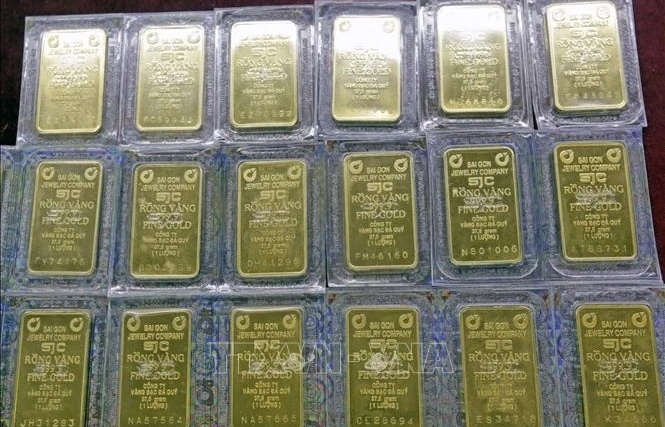
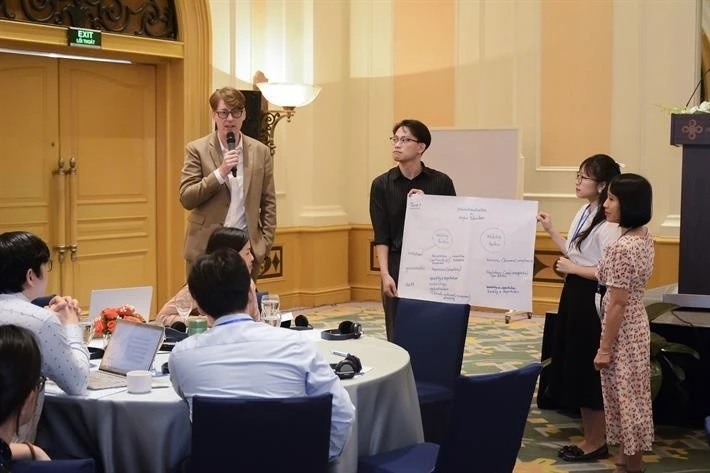
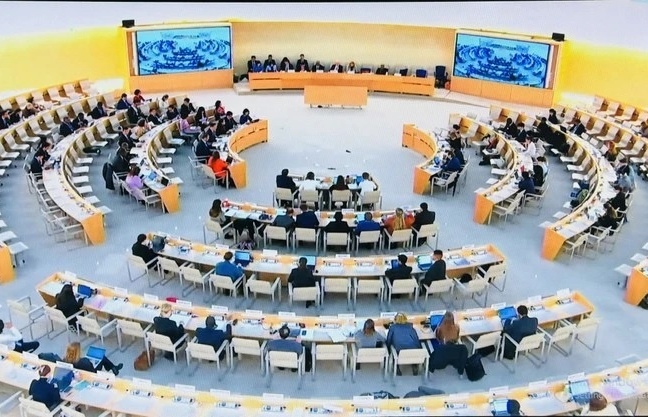
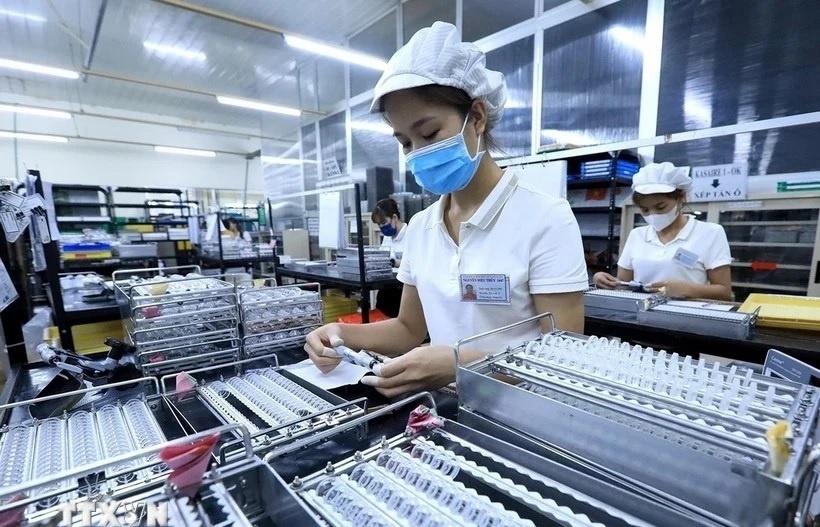



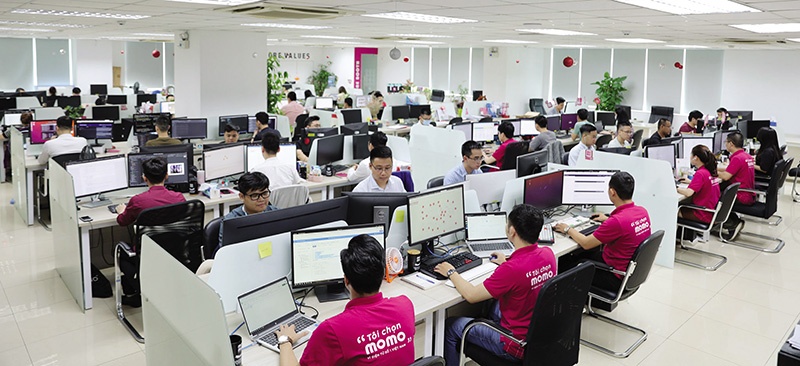
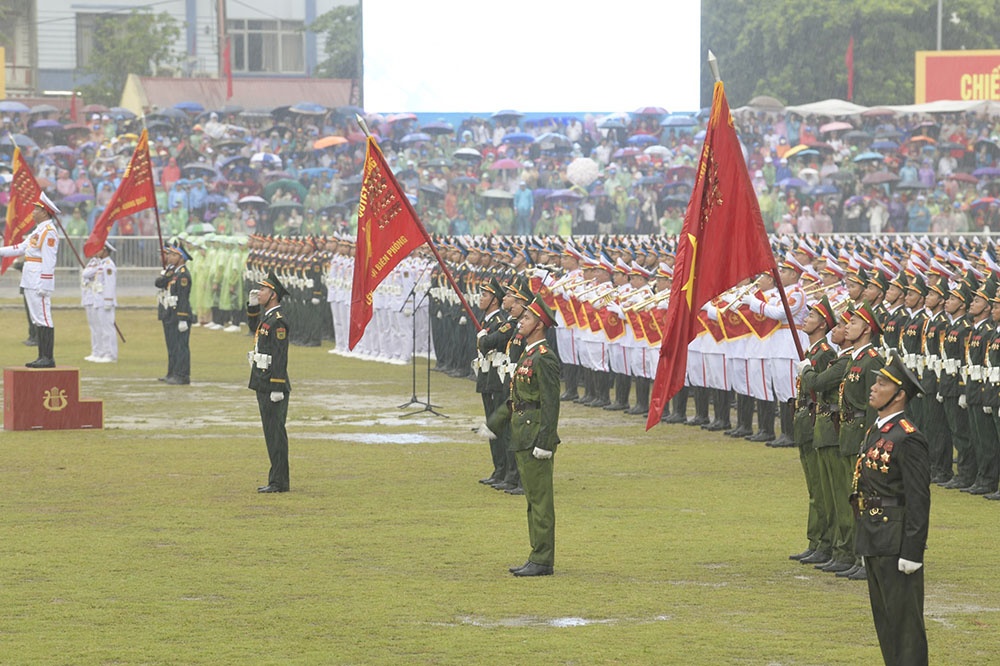
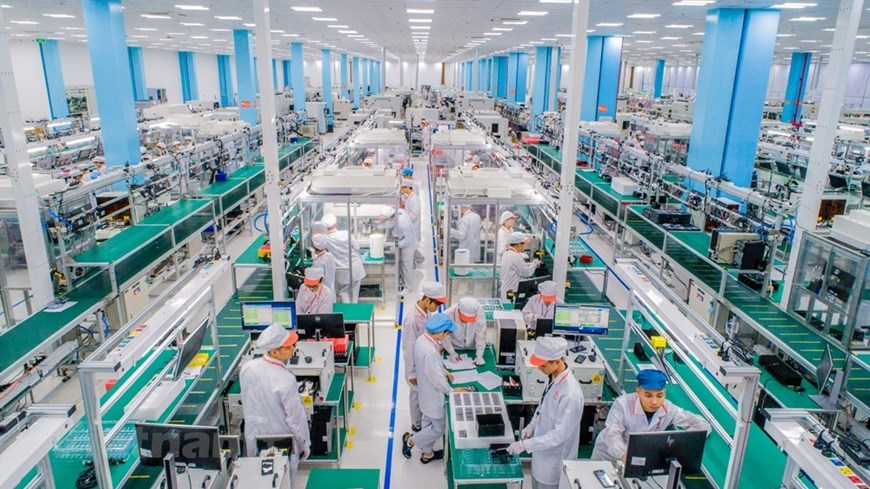
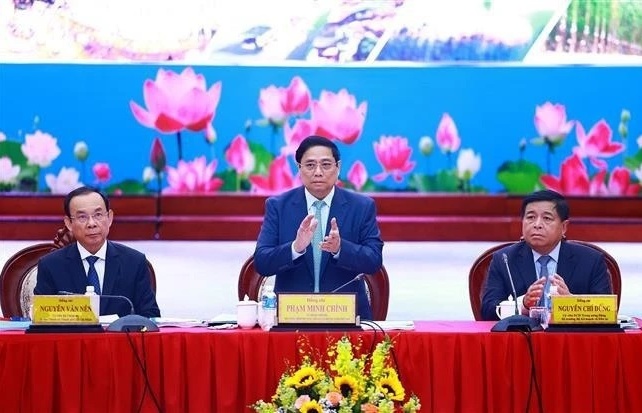
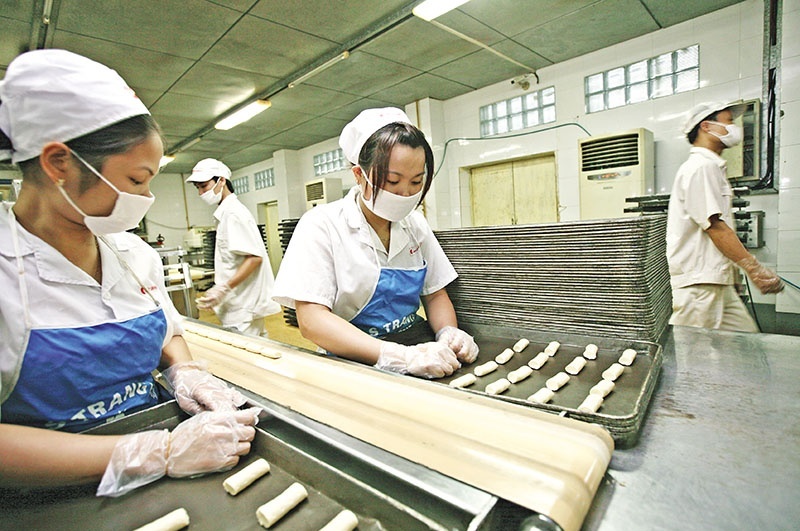




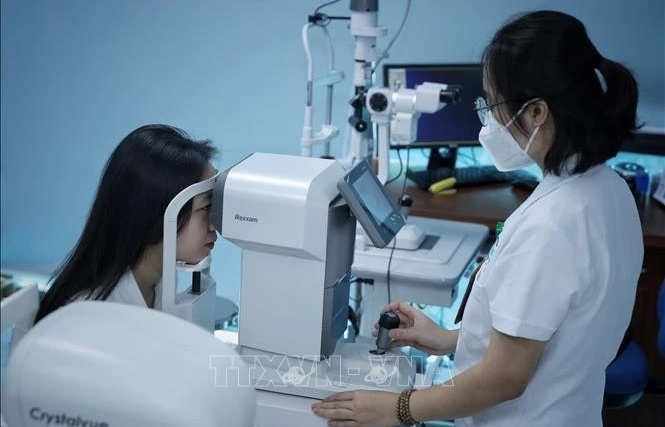
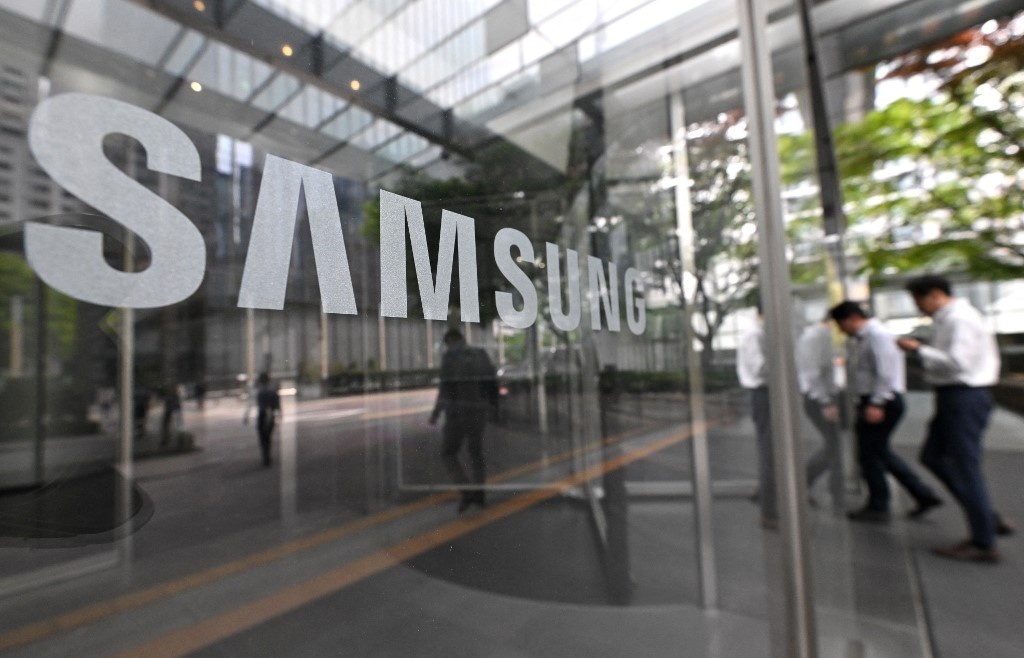



 Mobile Version
Mobile Version